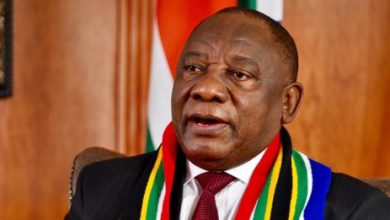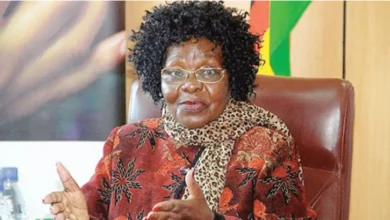Bulawayo census figures queried

Bulawayo residents have queried the province’s population figures released this week by the Zimbabwe National Statistics Agency (ZIMSTAT), describing them as “fake” and meant to perpetuate the underdevelopment and marginalisation of Matabeleland further.
According to the ZIMSTAT 2022 Census preliminary report, Zimbabwe’s population grew by 16.2 percent from 13,061,239 in 2012 to 15,178,979 in 2022 with an annual growth rate of 1.5 percent.
Bulawayo’s population remained almost stagnant for the past 10 years registering a marginal growth of just 2 percent from 653,337 in 2012 to 665,940 in 2022.
This has puzzled many stakeholders in the city who had estimated the city’s population to be at over 1 million as back as 2013.
Ambrose Sibindi, a Bulawayo resident, told CITE census figures were shocking.
“We wouldn’t have expected that the population of Bulawayo for the past 10 years would grow just by 12, 603,” he said.
“If you look at the expansion of Bulawayo in terms of the new suburbs that have come up since 2012 where by 10 years ago, Pumula South was just a few houses but look at what is happening there today. Go to Emganwini, go to areas like Emhlangeni and Magwegwe West.”
He said the increase in accommodation demand in Bulawayo was testimony enough that the city has significantly grown.
Sibindi was however quick to say research was needed to establish why the figures are too low.
“These figures are very fake,” said Mkhululi Tshuma, a political analyst.
“They do not reflect what is on the ground at all. The challenge we have in Zimbabwe is that everything is looked at with an eye on the election. Declaring the real number of inhabitants in the city means more resources now have to be channelled there. It’s sad that the authorities prefer to under-declare for obvious political reasons.”
He said the figures were meant to further marginalise Matabeleland.
“It is for this reason that all Matabeleland provinces including Bulawayo are said to have the least number of inhabitants,” he said.
“Bulawayo by being the region’s economic hub is surprisingly the one said to have the least number of inhabitants yet many people from the surrounding rural communities have settled here. You will expect the numbers to increase exponentially but ZIMSTAT has other plans.
He further said: “Instead you have vast tracts of rural land in Mashonaland provinces being said to have thousands of people. On physical inspection, those areas are deserted. Something fishy is going on at ZIMSTAT concerning these figures. Bulawayo should not read much into these discriminatory figures. Instead, Bulawayo City Council should do its own parallel census which should guide the city in its planning. All things being equal this should not be a challenge.”
Effie Ncube, another political analyst said the census results require an independent commission of inquiry.
“There is something fundamentally wrong here,” said Ncube.
“Something is not adding up. I do not and will never trust these figures. They are part and parcel of a 42-year-old agenda to politically and economically marginalise Matabeleland. Either the method ZIMSTAT is using to count people is fundamentally and irredeemably flawed or these figures are deliberately fraudulent. Either way, they must not be trusted.”
Ncube said it was difficult to trust any figures coming out of any government agency.
“I do not trust election figures coming from government agencies and I cannot suddenly trust the census statistics from the same,” said Ncube.
“The figures are cooked by the same people. Don’t forget the census has implications for delimitation. As such it is a part of the electoral process. Elections can be rigged even through a census and I believe we are seeing this at work. The electoral outcome is already being cooked through ZIMSTAT.”
He added: “From a budgetary standpoint the census results mean even far less resources than before are going to be directed at developing Matabeleland. As a consequence of this, Matabeleland will continue to have the highest levels of poverty, hunger, and unemployment.”
Bulawayo Progressive Residents Association (BPRA) secretary for administration, Thembelani Dube said the figures raised more questions than answers.
“The figures may not be a true reflection of the overall population of Bulawayo if we factor in issues of international outward migration as well as the internal migration dynamics,” said Dube.
“A plethora of reasons may be attributed to the figures released. First is the issue of emigration to the neighbouring countries due to geographical proximity giving false impressions that the population of Bulawayo is remaining almost stagnant. Secondly, there may be some grey areas left regarding the census process, including but not limited to, some households not being enumerated and the issue of misrepresentation of facts by respondents and finally the issue of low fertility rates synonymous with the people of our region, Matabeleland.”
Dube said it was important for ZIMSTAT findings to be triangulated in order to minimise its limitations.
“In any research or fact-finding process, triangulation is key, especially if it concerns figures which have a bearing regarding equitable distribution of resources,” he said. “No process is hundred percent correct. It’s important to have other bodies using their own process to conduct their processes that will be used to cement the findings, and if need be, to highlight the shortcomings of the ZIMSTAT counting and compiling of population data.” processes.”






